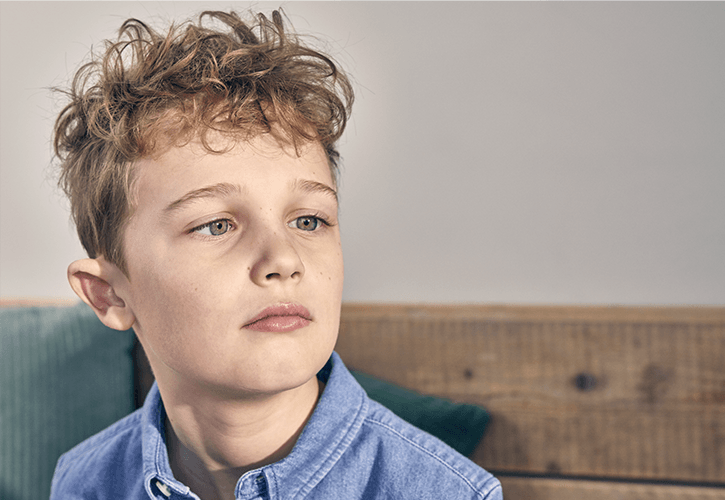Squint vs Pseudosquint - Eyescreen™
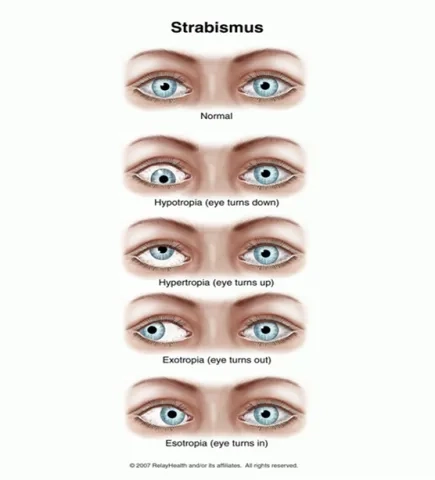
Strabismus, more commonly known as squint or cross-eyed, is a vision condition in which a person cannot align both eyes simultaneously under normal conditions. One or both of the eyes may turn inward, outward, upward or downward. An eye turn may be constant (when the eye turns all of the time), intermittent (turning only some of the time) or can alternate between both eyes.

Peadiatric Eye Conditions
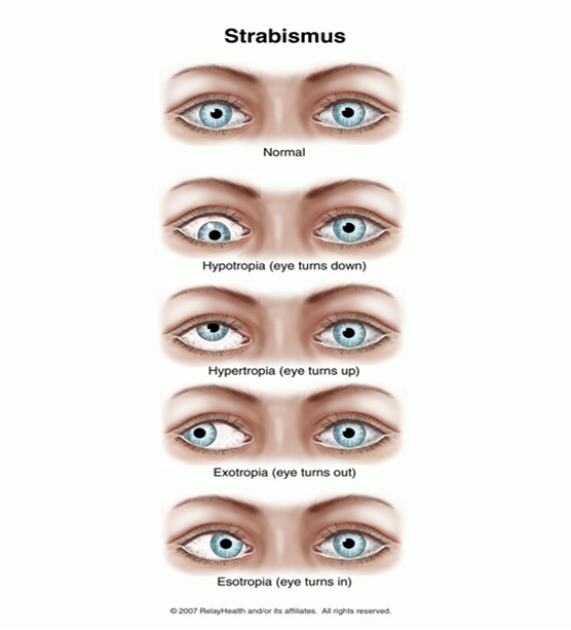
Squint vs Pseudosquint - Eyescreen™

Paediatric Ophthalmology and Strabismus - ppt video online download

First Eyewear Centre - EYEsquint. Squint is an eye condition, where the eyes do not look in the same direction. This means that one eye may not focus on an object someone

Pseudo-strabismus: Why do some children's eyes appear to look

What is the difference between Amblyopia and Strabismus?
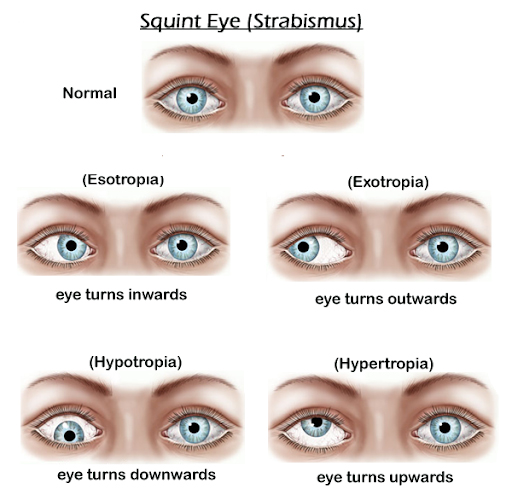
Squint Eye Treatment for Children

Childhood pseudo-squint

Understanding the Difference Between Strabismus Vs. Squint

Pseudo-squint v/s True squint
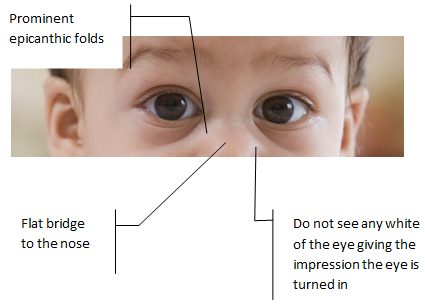
Pseudo-squint Hull University Teaching Hospitals NHS Trust

Squint
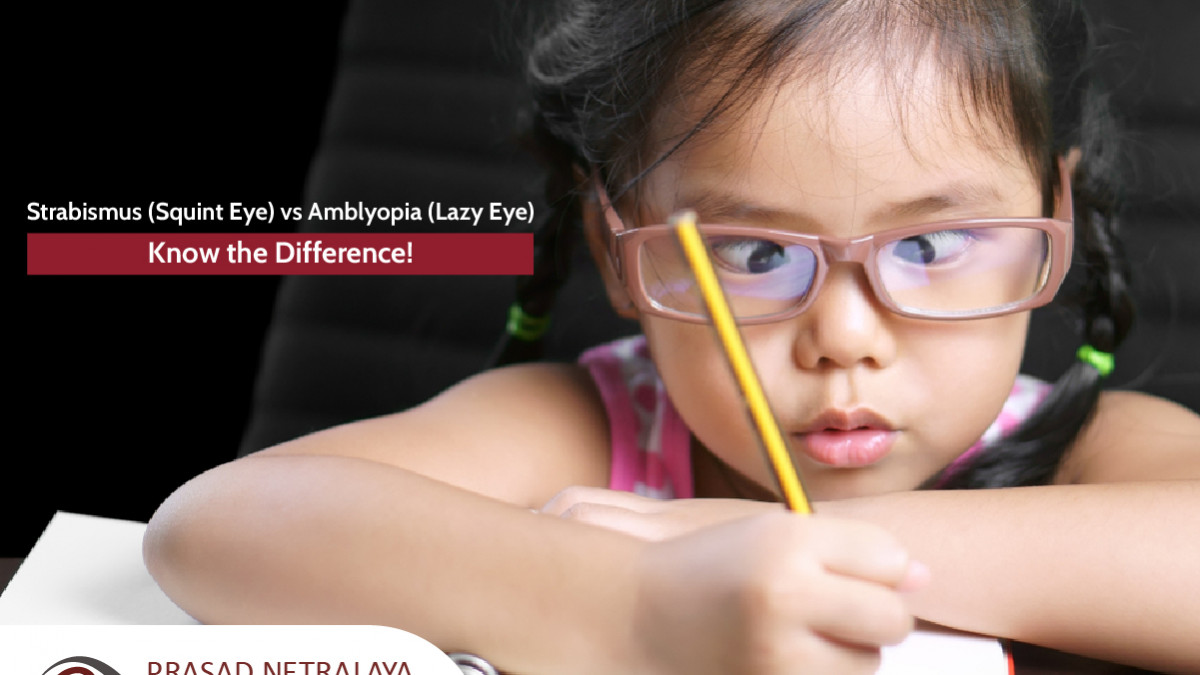
Strabismus (Squint Eye) vs Amblyopia (Lazy Eye): Know the Difference!
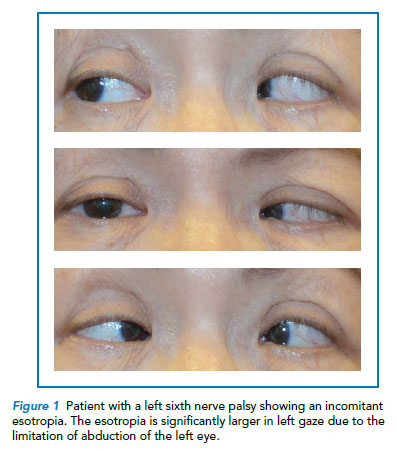
Common Strabismus in Children: A Brief Overview - SingHealth

What is Strabismus (Squint)?










